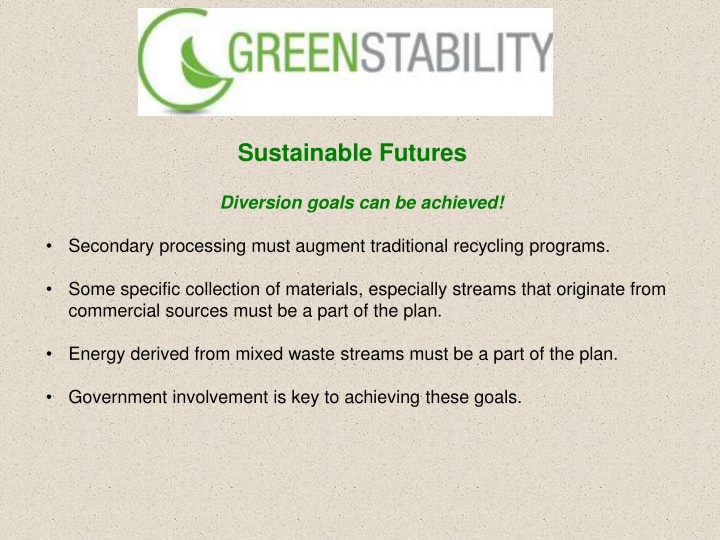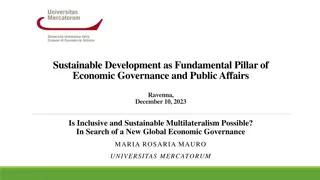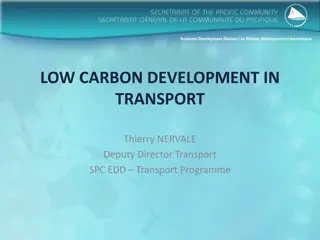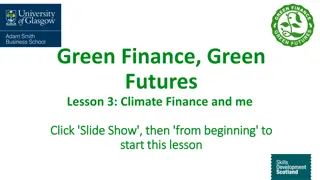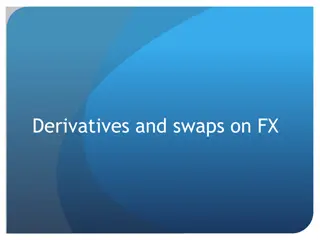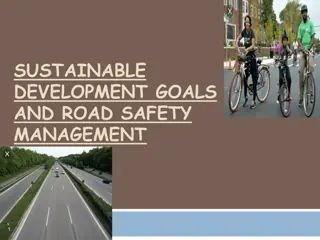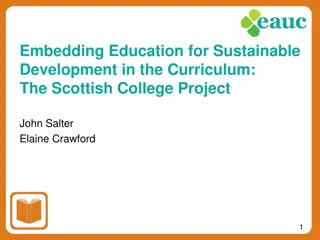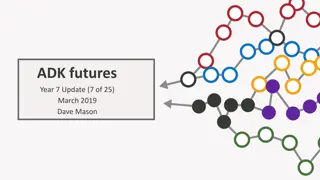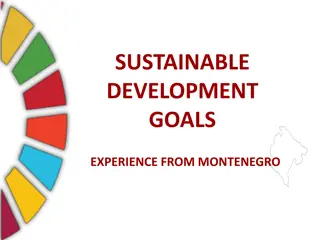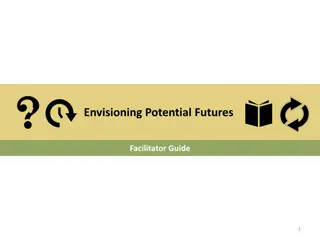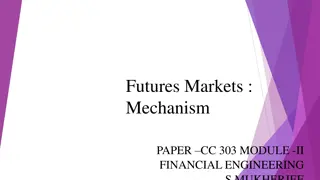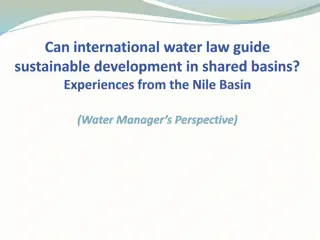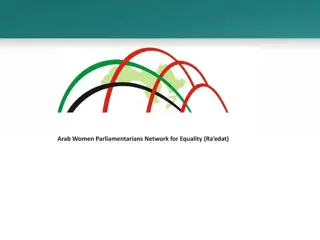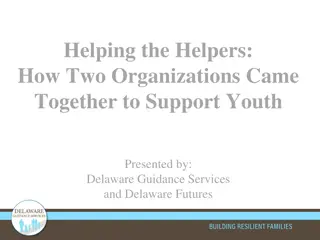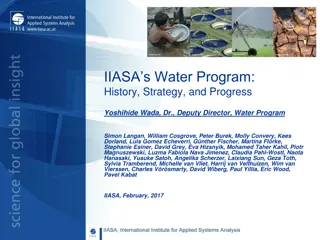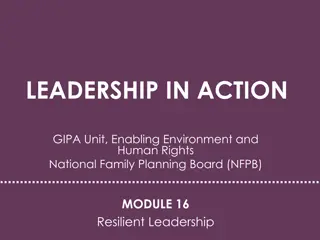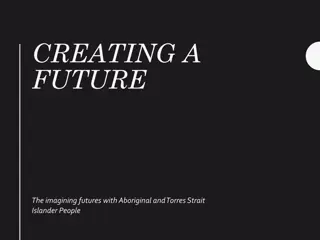Achieving Sustainable Futures: Goals, Trends, and Solutions
Sustainable futures in waste management require secondary processing, specific material collection, energy recovery, and government involvement. Explore the current trends, challenges, and potential solutions for achieving higher diversion rates and sustainable practices.
Download Presentation

Please find below an Image/Link to download the presentation.
The content on the website is provided AS IS for your information and personal use only. It may not be sold, licensed, or shared on other websites without obtaining consent from the author.If you encounter any issues during the download, it is possible that the publisher has removed the file from their server.
You are allowed to download the files provided on this website for personal or commercial use, subject to the condition that they are used lawfully. All files are the property of their respective owners.
The content on the website is provided AS IS for your information and personal use only. It may not be sold, licensed, or shared on other websites without obtaining consent from the author.
E N D
Presentation Transcript
? Sustainable Futures Diversion goals can be achieved! Secondary processing must augment traditional recycling programs. Some specific collection of materials, especially streams that originate from commercial sources must be a part of the plan. Energy derived from mixed waste streams must be a part of the plan. Government involvement is key to achieving these goals.
? Sustainable Futures Overall trends: Businesses and municipalities are seeking higher diversion in an environment where: Recycling infrastructure is entrenched. Commodity prices are low. Consumers are selective in the material they can use.
? Sustainable Futures Overall trends: Technology for energy derived from waste streams has developed and is maturing. Major issues are: Procuring suitable feedstock at delivered prices that allow investors to build these systems. Allowing current consumers to replace carbon based feedstock with waste derived feedstock. Separating smaller parts of the waste stream to be recycled by consumers hungry for the specific feedstock.
? Sustainable Futures Overall trends: Certain secondary commodities can be recycled but are not valuable enough for recyclers to invest in specific sorting technologies to include them in single stream plants. Some examples are: Polystyrene (foam and rigid). Textiles (shoes and clothes). Bulky rigid plastics. Poly carton stock.
? Sustainable Futures Higher diversion: Primary issue is the cost of diversion versus landfill rates. In Georgia single stream processing costs are currently close to landfill rates. Including other materials or diverting comingled waste streams will push costs higher than landfill in almost all cases. In order to get close to the landfill rates groups must help.
? Sustainable Futures Ways municipalities/state and federal government can help: Aggregating material through franchising or directing materials in a regional footprint toward one investment. Incentivizing diversion through fees on landfill usage. Subsidizing energy rates derived from waste streams similar to the renewable energy credits used other places.
? Sustainable Futures Emerging technologies/investments: Greenstability has current relationships with several groups that are looking to invest in Georgia. These groups need assistance with feedstock and markets for products. Some of these include: A company that can make flooring and road signage from mixed plastic streams. They are seeking buyers for their products and when they do GS can provide their feedstock. A company that has made a massive investment in polystyrene foam processing. They are looking for partner municipalities and recyclers to supply them feedstock. A company that will soon have an investment in the Atlanta area to make oil based products from mixed plastic streams. GS has a procurement relationship in place with this group.
? Sustainable Futures Emerging technologies/investments: A group that is looking to locate a low cost fuel pellet technology. They need a moderate level of support in pricing of their product to compete with coal and the low landfill rates. A group that is seeking to procure alternative fuel stock for several kilns. They need support in dedicated volumes of material and pricing above current landfill rates.
? Sustainable Futures Summary: Diversion goals can be achieved. There are many ready technologies and companies looking to invest in Georgia. Current paradigm of directing all materials into single stream programs and expecting all materials to end up being reused needs augmentation. Partnerships founded on diversion between municipalities and technology groups can help us achieve greater landfill diversion.
